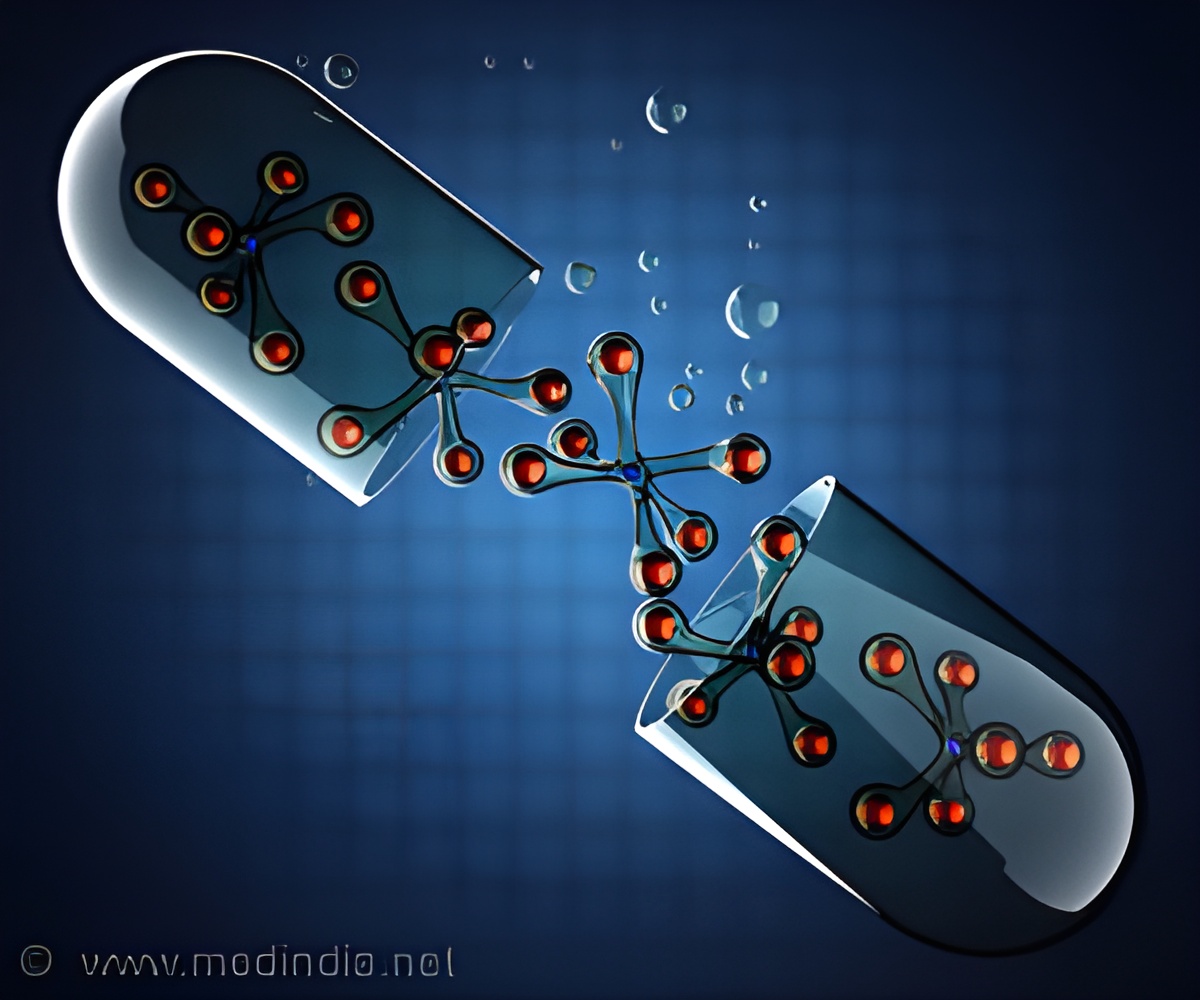
According to researchers, these custom-build synthetic microfish will inspire a new generation of "smart" microrobots with diverse capabilities.
"We have developed an entirely new method to engineer nature-inspired microscopic swimmers that have complex geometric structures and are smaller than the width of a human hair," explained co-first author Wei Zhu, PhD student at the Jacobs School of Engineering at UC San Diego.
"With our 3D-printing technology, we are not limited to just fish shapes. We can rapidly build microrobots inspired by other biological organisms such as birds," Zhu informed.
The neat thing about this experiment is that it shows how the microfish can doubly serve as detoxification systems and as toxin sensors.
"Another exciting possibility we could explore is to encapsulate medicines inside the microfish and use them for directed drug delivery," noted Jinxing Li, other co-first author of the study.
Advertisement
Some of the benefits of the microscale COP technology are speed, scalability, precision and flexibility.
Advertisement
"With this method, we can easily integrate different functions inside these tiny robotic swimmers for a broad spectrum of applications," Zhu added.
The research, led by Professors Shaochen Chen and Joseph Wang of the NanoEngineering Department at the UC San Diego, was published in the Aug. 12 issue of the journal Advanced Materials.
Source-IANS










